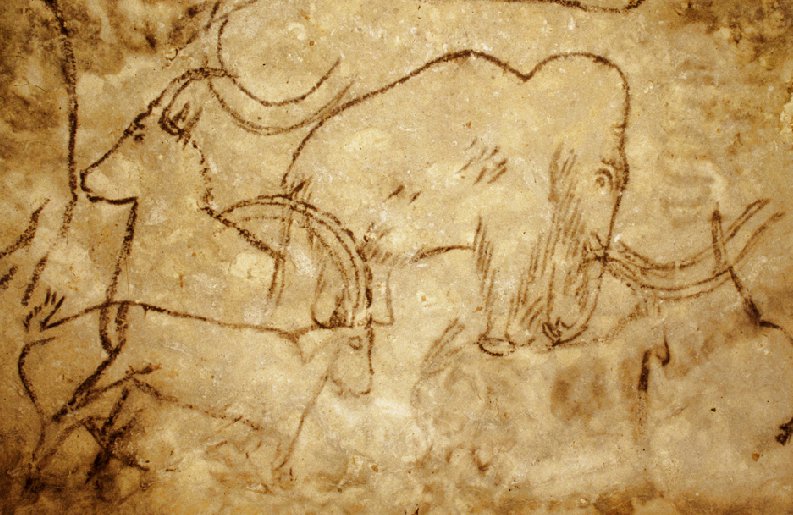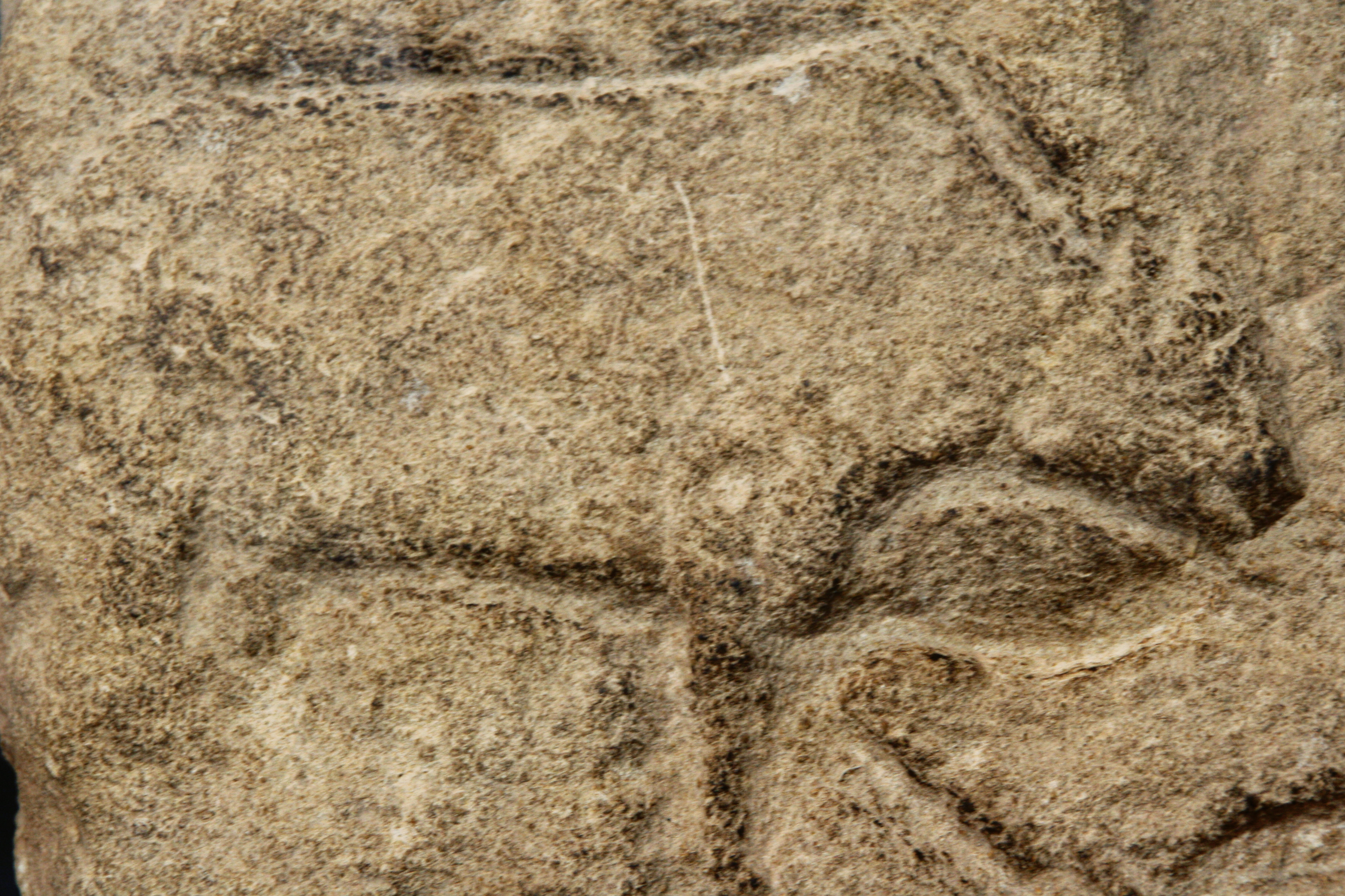|
Vézère
The Vézère (; ) is a 211-km-long river in southwestern France. It is an important tributary to the Dordogne (river), Dordogne. Its source is in the northwestern part of the elevated plateau known as the Massif Central. It flows into the Dordogne from the right near Le Bugue. The river Corrèze (river), Corrèze is a tributary of the Vézère. The Vézère Valley is famed for its prehistoric cave systems, containing numerous cave paintings and hominid remains. UNESCO collectively designated these a World Heritage Site in 1979. Among the sites with remarkable caves is Lascaux. Geography The Vézère takes its source in the bog of Longéroux, on the plateau of Millevaches, in the Massif Central in Corrèze, at 887 meters above sea level, in the commune of Meymac, west of the ''Puy Pendu'' (973 m) in the forest of Longéroux, at the place called ''sources de la Vézère''. It flows into the Dordogne on the right bank at Limeuil, at an altitude of 50 metres. Its main tributary is t ... [...More Info...] [...Related Items...] OR: [Wikipedia] [Google] [Baidu] |
Montignac, Dordogne
Montignac-Lascaux (; Limousin dialect, Limousin: ''Montinhac'' or ''Montinhac de Las Caus''; before 2020: ''Montignac'', also called ''Montignac-sur-Vézère''), is a Communes of France, commune in the Dordogne Departments of France, department, Nouvelle-Aquitaine, Southwestern France. It is a small town situated on the Vézère river and has been the capital of the canton of Montignac since 1790. In 2015 it became the capital of the newly created Canton of Vallée de l'Homme, Canton de la Vallée de l'Homme. The poet Pierre Lachambeaudie (1806–1872) was born in the village. Geography Montignac-Lascaux is a commune and small town in the department of Dordogne. It is situated in the historic region of Périgord, Périgord Noir, just below the confluence of the River Vézère and the Laurence, a small river which rises near the town of Thenon. Montignac-Lascaux is southeast of Thenon, southwest of Terrasson-Lavilledieu, and north of Sarlat-la-Canéda. The D704 district road fro ... [...More Info...] [...Related Items...] OR: [Wikipedia] [Google] [Baidu] |
Uzerche
Uzerche (; ) is a Communes of France, commune in the Corrèze Departments of France, department in the Nouvelle-Aquitaine Regions of France, region of central France. In 1787, the English writer Arthur Young described the town as "the pearl of the Limousin" because of its picturesque setting. Built on a defensible rocky outcrop in an Meander, oxbow of the river Vézère, and located at a medieval crossroads, Uzerche has a long cultural heritage. Under Pepin the Short, the city was the seat of an influential abbey and a seneschal. Uzerche still has many castles, hotels, and other buildings displaying turrets built by the Uzechoise nobility, thus adding weight to the saying "He who owns a house in Uzerche has a castle in the Limousin." In 1996 Uzerche was awarded "village étape" status and, since 2010, has been listed among the towns of France to be worthy of a "plus beaux détour". Name The name ''Uzerche'' may date as far back as Roman times. Taken by the Roman Empire, Romans i ... [...More Info...] [...Related Items...] OR: [Wikipedia] [Google] [Baidu] |
Cro De Granville
The Rouffignac cave, in the French commune of Rouffignac-Saint-Cernin-de-Reilhac in the Dordogne département, contains over 250 engravings and cave paintings dating back to the Upper Paleolithic. In conjunction with other caves and abris of the Vézère valley, the Rouffignac cave was classified a Monument historique in 1957 and a World Heritage Site in 1979 by UNESCO as part of the ''Prehistoric Sites and Decorated Caves of the Vézère Valley''. Geography and description of the cave The ''Cave of the hundred mammoths'', also known as ''Miremont cave'', ''Cro des Cluzeau'' or ''Cro de Granville'', is about south of Rouffignac on a hill slope along the right-hand side of the La Binche river, a left tributary of the Manaurie. Perched only about one kilometer farther east on the opposite side of the valley is the little village of Fleurac. The rocks of the cave are flat-lying limestones belonging to the uppermost Coniacian; they are very rich in flint nodules. These rocks tog ... [...More Info...] [...Related Items...] OR: [Wikipedia] [Google] [Baidu] |
Lascaux
Lascaux ( , ; , "Lascaux Cave") is a network of caves near the village of Montignac, Dordogne, Montignac, in the Departments of France, department of Dordogne in southwestern France. Over 600 Parietal art, parietal cave painting, wall paintings cover the interior walls and ceilings of the cave. The paintings represent primarily large animals, typical local contemporary fauna that correspond with the fossil record of the Upper Paleolithic in the area. They are the combined effort of many generations. With continued debate, the age of the paintings is now usually estimated at around 17,000 to 22,000 years (early Magdalenian). Because of the outstanding prehistoric art in the cave, Lascaux was inducted into the UNESCO World Heritage List in 1979, as an element of the ''Prehistoric Sites and Decorated Caves of the Vézère Valley''. The original caves have been closed to the public since 1963, as their condition was quickly deteriorating, but there are now a number of replicas. H ... [...More Info...] [...Related Items...] OR: [Wikipedia] [Google] [Baidu] |
Laugerie Basse
Laugerie-Basse is an important Upper Paleolithic archaeological site within the territory of the French commune Les Eyzies-de-Tayac-Sireuil in Dordogne. It is known for several works of art from the Magdalenian. In 1979, Laugerie-Basse, along with other nearby Paleolithic sites, was inscribed on the UNESCO World Heritage List as ''Prehistoric Sites and Decorated Caves of the Vézère Valley''. Geography, geology and location The impressive abri of Laugerie-Basse, named after the village, is located on the right side of the Vézère valley, about 2 kilometers upstream from Les Eyzies. It was formed at the bottom of a 45 meters high and 500 meters long scarp slope of flat-lying limestones from the Coniacian. The 15-meter-deep Abri is located 15 meters above river level. Taking advantage of the natural conditions, the houses of Laugerie-Basse were built directly into the rocks so that building a back wall and the back half of the roof was dispensable. The prehistoric site consis ... [...More Info...] [...Related Items...] OR: [Wikipedia] [Google] [Baidu] |
Le Cap Blanc
The abri de Cap Blanc is a prehistoric limestone rock shelter with Magdalenian animal sculptures. It is in the Marquay commune on the right bank of the Beune River, a few kilometers west of Eyzies-de-Tayac, in Dordogne. History The site was discovered in 1908 by Raymond Peyrille under the supervision of Jean-Gaston Lalanne. Peyrille carried out its first rudimentary excavation in 1909 while Lalanne was working at the nearby site of Laussel. During this excavation a relief carving was found, one that has been described as "perhaps the most dramatic and impressive example of Upper Palaeolithic". Following the discovery of the frieze, work was undertaken in 1911 to build a protective wall around the shelter. This included lowering the shelter floor, a procedure during which a workman hit a skull with a pick-axe, breaking it. A relatively complete skeleton was uncovered and Denis Peyrony and Louis Capitan were brought in to examine it. Frieze The frieze depicts a number of ... [...More Info...] [...Related Items...] OR: [Wikipedia] [Google] [Baidu] |





